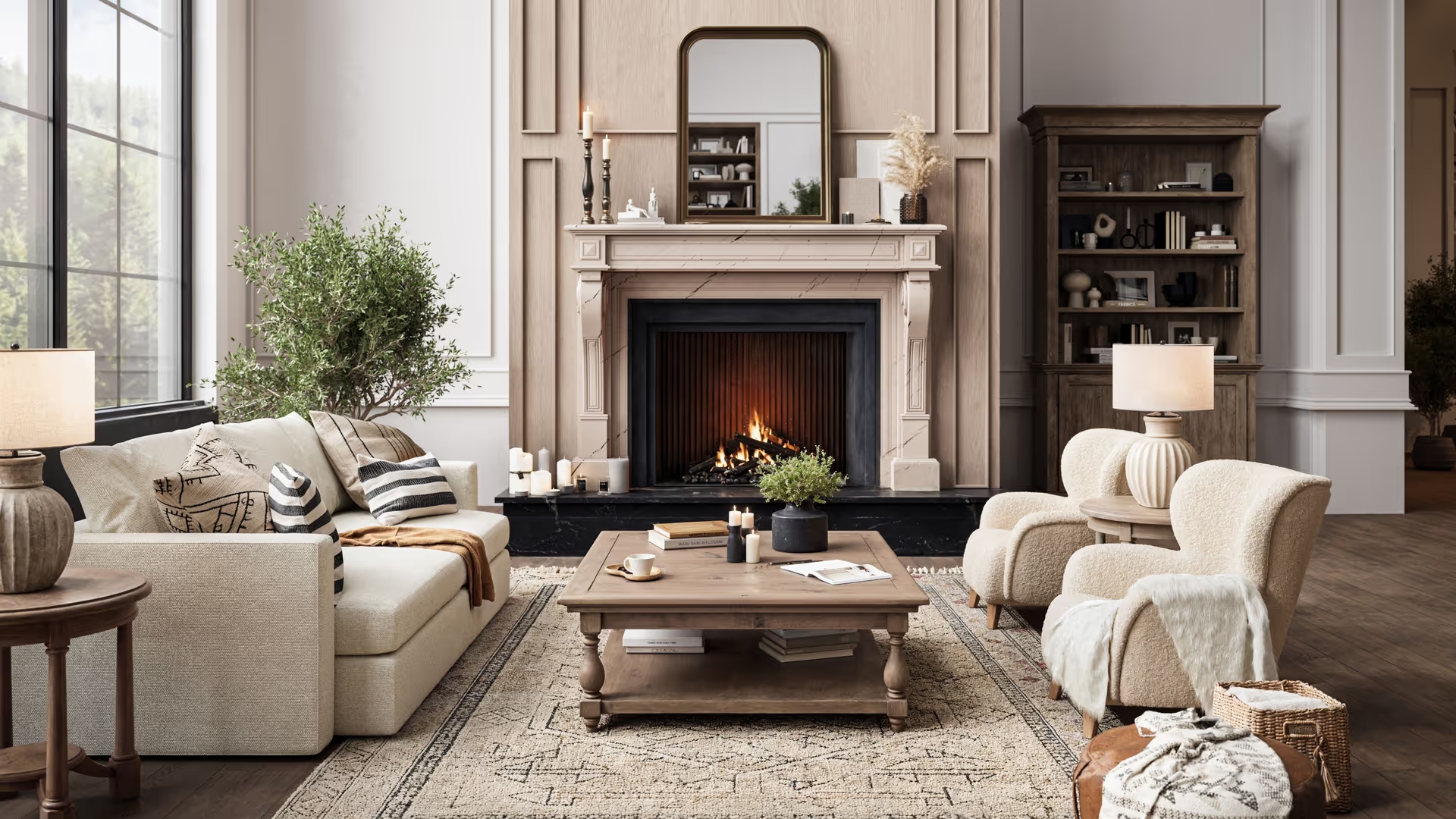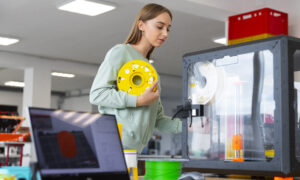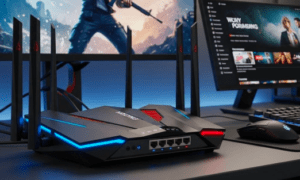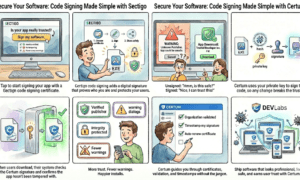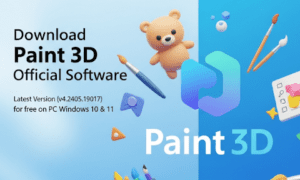There’s a quiet shift happening in how furniture brands work with visuals. Not long ago, a new collection meant packing up sofas, sending teams to studios, and hauling props and lights—just to get a few perfect photos. Today, many are skipping that whole process entirely. Instead, they’re working with CGI specialists to build digital showrooms and animated content that never needs a camera at all.
And it’s not just about cutting costs (though they’re doing that too). It’s about speed, flexibility, and getting ahead in an increasingly online world.
Photoshoots Are Out. Pixels Are In.
Let’s say a brand wants to show off a new modular sofa. Ten years ago, they’d:
- Build the prototype
- Rent a stylish apartment or fake one in a studio
- Truck in lighting gear, a photographer, maybe a stylist
- Wait a week for editing and retouching
- Start over if the color or leg style changes
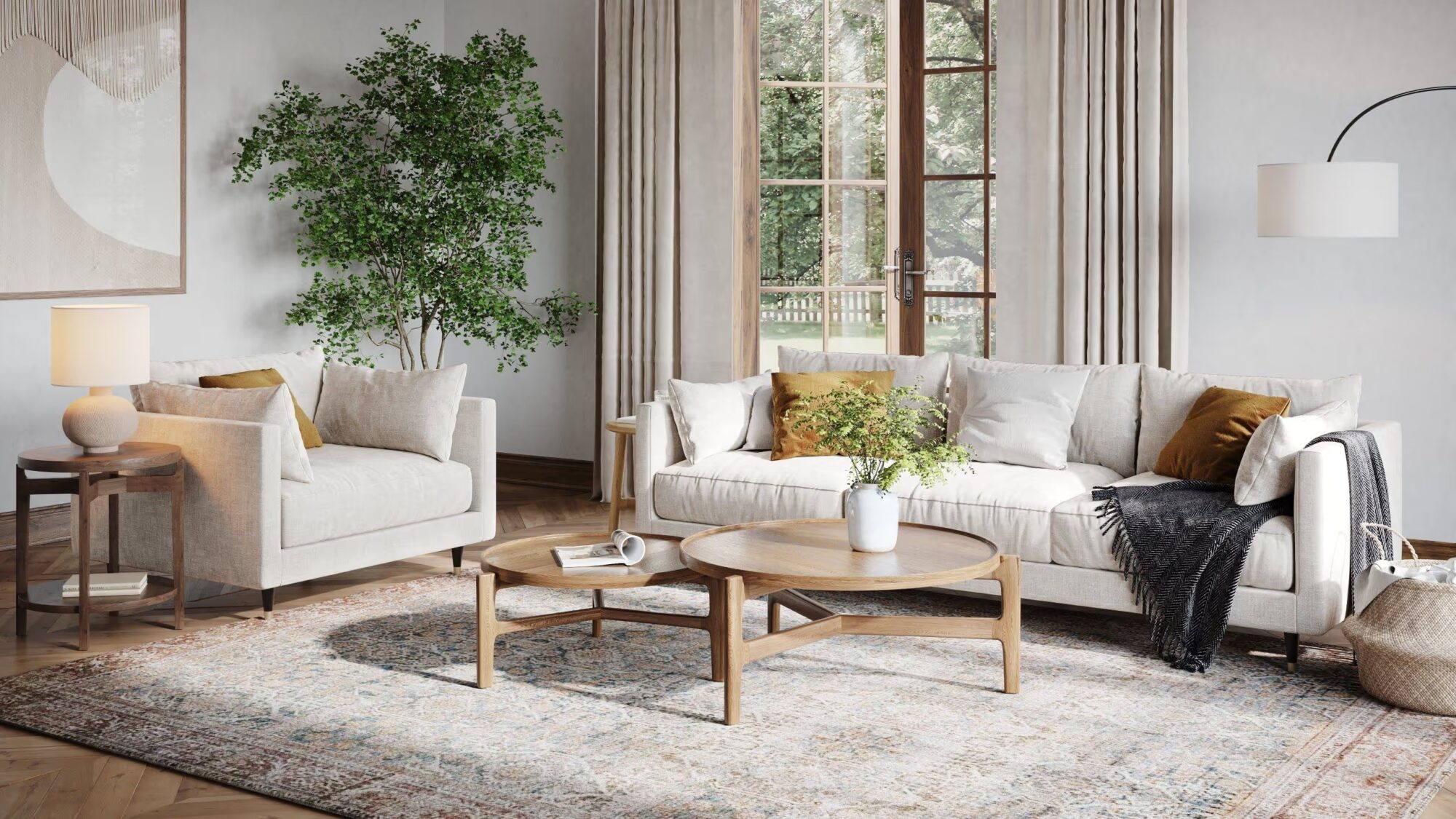
Now? They just send the product specs to a 3D product animation agency, and a few days later they’re looking at a photorealistic image—complete with natural-looking light, lifelike materials, and styling that fits their brand. They can get five versions of the same sofa in different rooms, with different cushions, wall colors, or camera angles. No reshoots needed.
What Is a Digital Showroom, Anyway?
The phrase might sound high-tech, but the idea is simple: instead of relying on static product photos, brands use CGI to build a virtual space where customers can see and interact with their products.
For example:
- A sleek armchair is placed in a modern loft
- The light through the virtual windows shifts slightly
- You zoom in to see the grain in the wood and the stitching on the seat
- In a short animation, the chair gently reclines to show how it works
This isn’t a gimmick. These details help shoppers understand the product—and make better buying decisions online.
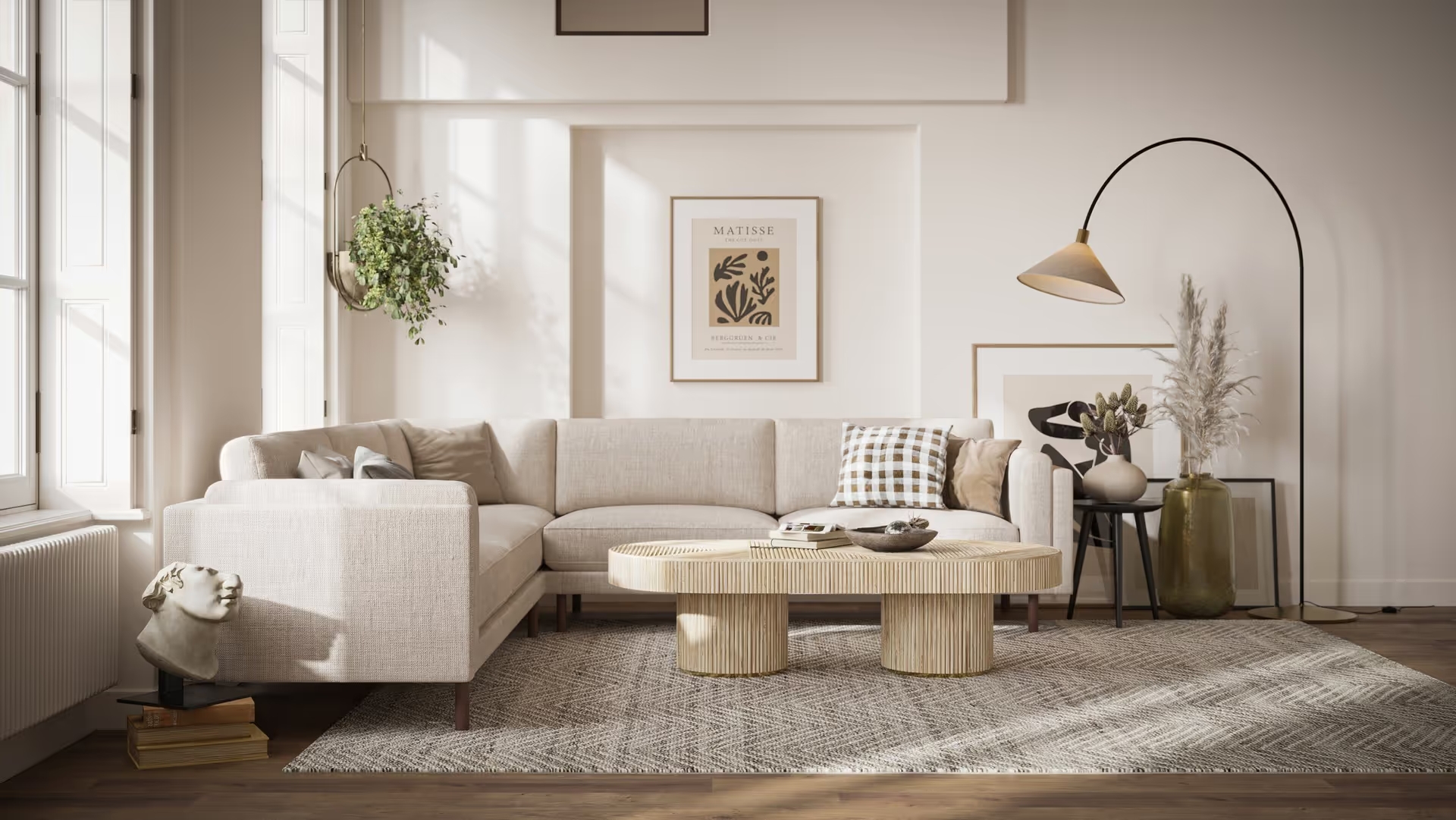
Real Brands Already Doing It
This isn’t a future trend. It’s happening now.
- IKEA started using CGI in its catalogs back in 2006. By now, roughly 75% of its imagery is digital.
- Wayfair does the same, especially for customizable items.
- Mid-sized brands like BoConcept or West Elm regularly feature full CGI rooms in their ads and product pages.
Why? Because it’s just easier. If they want to change a throw pillow, no one has to schedule another shoot. A designer tweaks the 3D scene and re-exports the render. Done.
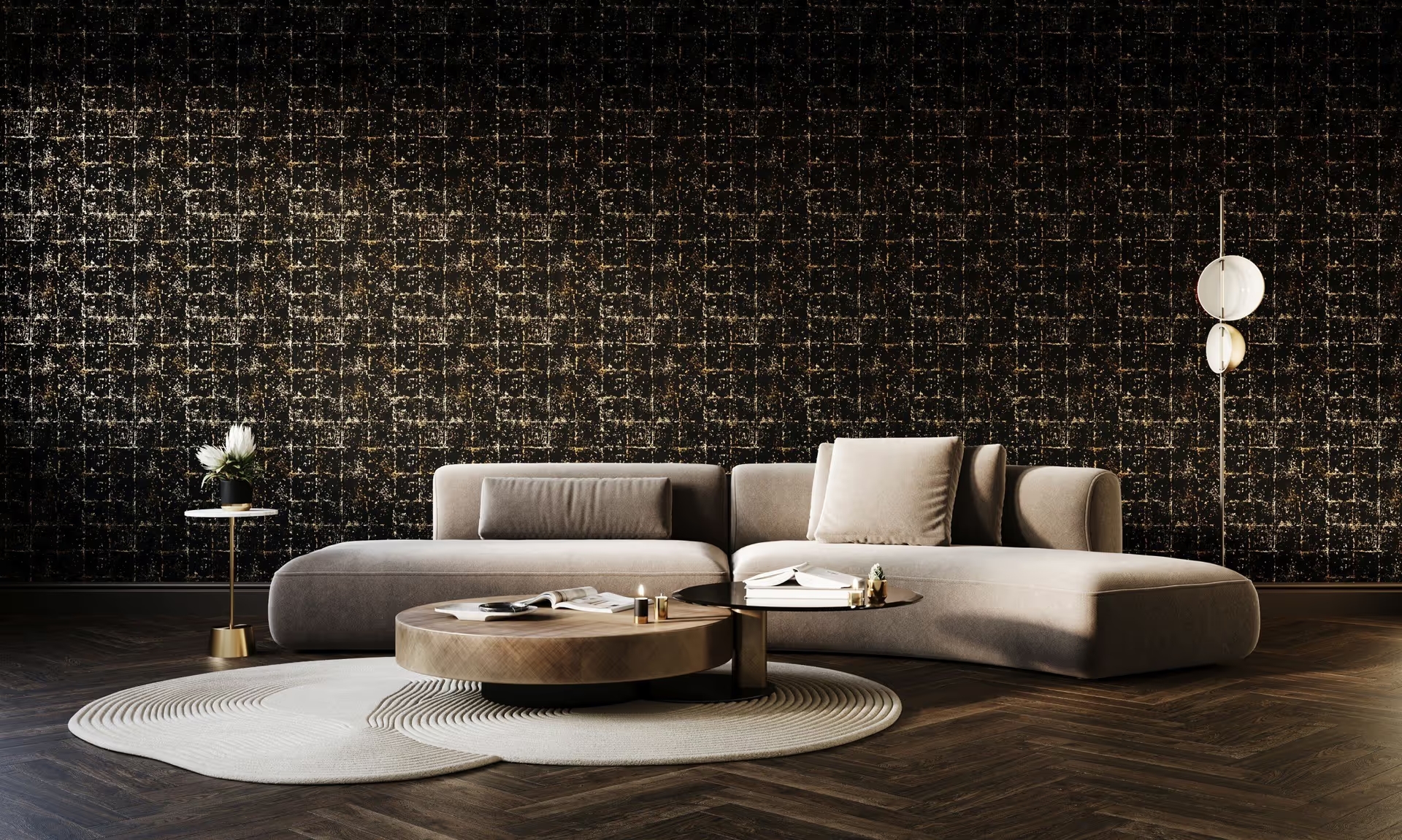
It’s Not Just About Images
The most exciting part isn’t the static visuals. It’s the movement.
Furniture is a physical product. It opens, folds, reclines, expands. That’s hard to show in a photo. But it’s exactly what 3D product animation does well.
Think of:
- An extendable dining table unfolding smoothly
- A storage ottoman lifting to reveal interior space
- Shelving systems being rearranged mid-animation
- Cabinet doors closing softly in real time
These short animations are perfect for product pages, landing pages, or social media. They’re eye-catching, informative, and surprisingly persuasive.
A good 3D product animation agency doesn’t just make these look good—they make them feel real. You understand how the mechanism works just by watching it.
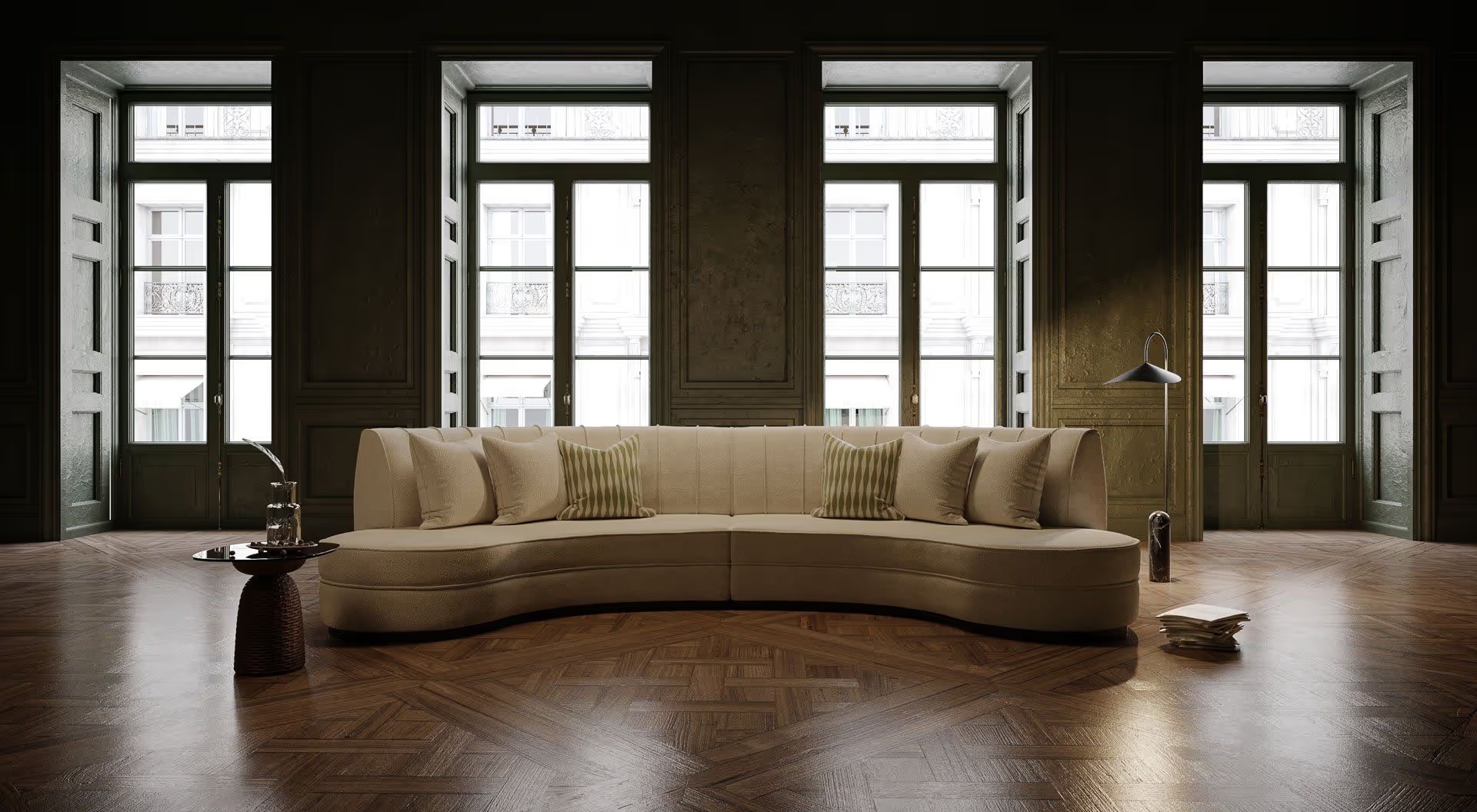
Fast Turnarounds Without Compromise
Time-to-market matters. The longer it takes to launch a collection, the more a brand risks missing seasonal trends or losing momentum.
With traditional workflows, teams wait on samples, prototypes, deliveries, photo availability. But with digital visualization, marketing materials can be created while the physical product is still in production.
This parallel process allows campaigns, lookbooks, and online listings to go live faster. Some brands even begin teasing collections before the final pieces exist.
A Win for Sustainability
Let’s be honest: furniture production and promotion aren’t exactly light on emissions. Trucks, sets, packaging waste, and energy-intensive photoshoots—they all add up.
Digital visualization offers a cleaner path:
- No physical samples to ship
- No sets to build or discard
- No extra furniture waste from styling props
For companies with sustainability goals—or those who want to appeal to eco-conscious buyers—this is a strong move. Some brands now mention their use of CGI directly in their ESG reports.
So, What Does a Good CGI Partner Actually Do?
More than you’d think.
A solid 3D product animation agency acts like an extension of your creative team. They don’t just take technical files and spit out renders. They help shape the story.
The best teams:
- Understand furniture design and proportions
- Know how to light a digital scene like a real one
- Offer creative styling ideas
- Deliver in formats optimized for web, print, AR, and more
- Are fast, responsive, and open to iteration
Good rendering isn’t just about realism. It’s about taste. That’s what separates “photoshop-looking” CGI from the kind that truly replaces photography.
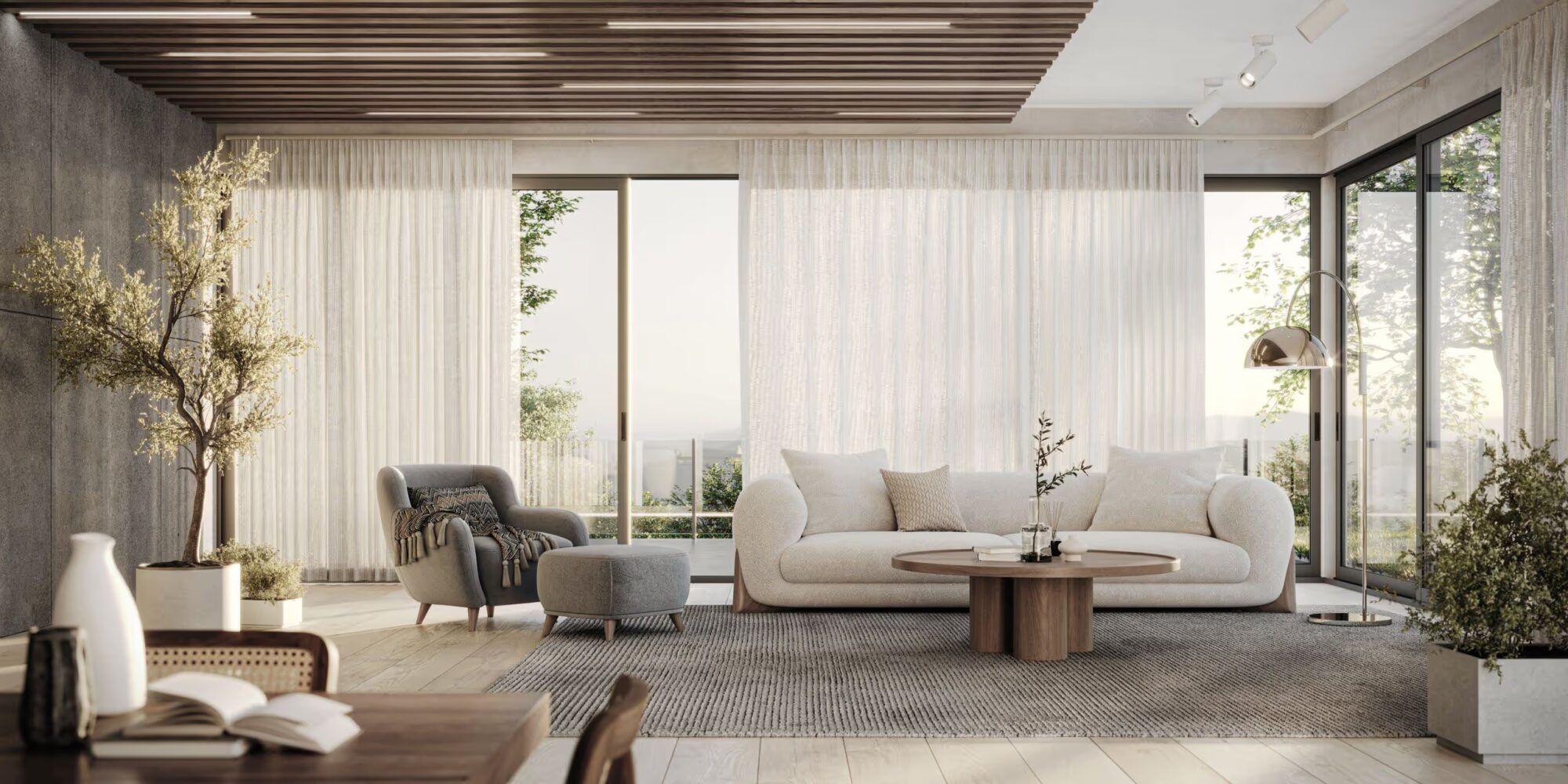
Looking Ahead: What’s Next for Digital Showrooms?
Tech doesn’t stand still—and neither does furniture marketing. Here’s where things are heading:
- AR tools that let shoppers place products in their homes using their phones
- Smart configurators that offer styling suggestions automatically
- Cloud-based rendering that allows scenes to be edited and re-rendered in minutes
- Virtual reality showrooms where clients can “walk through” collections
These aren’t concepts—they’re happening now, just not everywhere yet. Brands that invest early will be better positioned as online shopping gets more immersive.
Final Thoughts
Furniture brands don’t need to wait on samples, stage a perfect house, or hire a whole crew just to show what they’ve made. With CGI, they can build scenes, tell stories, and animate features with more control—and often for less money.
But more importantly, they can move faster, launch smarter, and reach customers in ways that static photos never could.
Behind every exceptional render, a 3D product animation agency typically quietly executes the magic.

